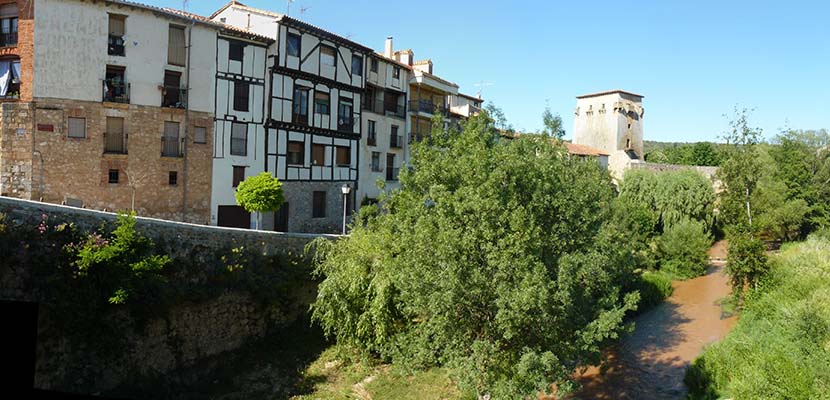
La Covarrubias population It is located in the Arlanza region, in the province of Burgos. This is a historic town that offers monuments and ancient buildings to see, as well as being in a beautiful natural setting.
If we are looking to make a little weekend visit, this place may be a good idea. It is a small town but one that offers a great heritage to see, with a very beautiful old area in which it seems that time has not passed. Discover everything you can see in Covarrubias.
Tower of Fernan González
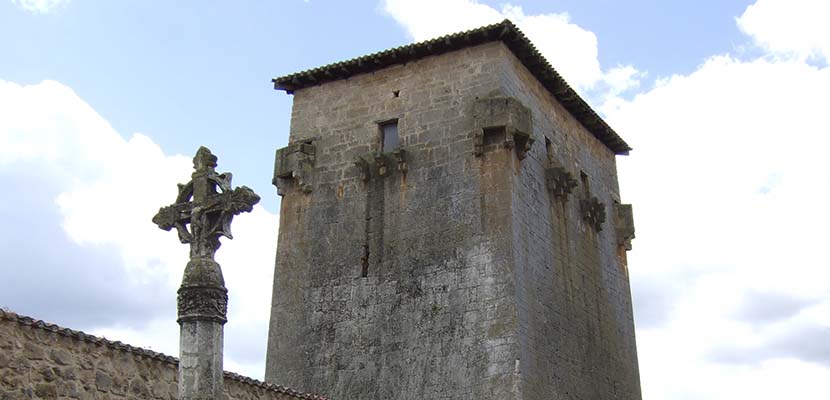
This whole village was declared Asset of Cultural Interest and National Historic-Artistic Complex in 1965. It is known as the Cradle of Castile, since in the XNUMXth century Count Fernan González and his son made it the capital of the Infantazgo de Covarrubias. One of the main monuments that can be seen from the XNUMXth century is precisely the Torreón de Fernan González, an imposing defensive tower.
This tower is a bulwark that belonged to a defensive enclosure and walled where the Abbot's Palace was located. This tower was of Mozarabic origin and preserves the loopholes although the ancient battlements were covered centuries ago. It has four floors and is accessed through the upper area. Around her there is precisely a legend, in which it is said that Doña Urraca, Fernan's daughter, was imprisoned in the tower for having fallen in love with a shepherd.
Church of Santo Tomás
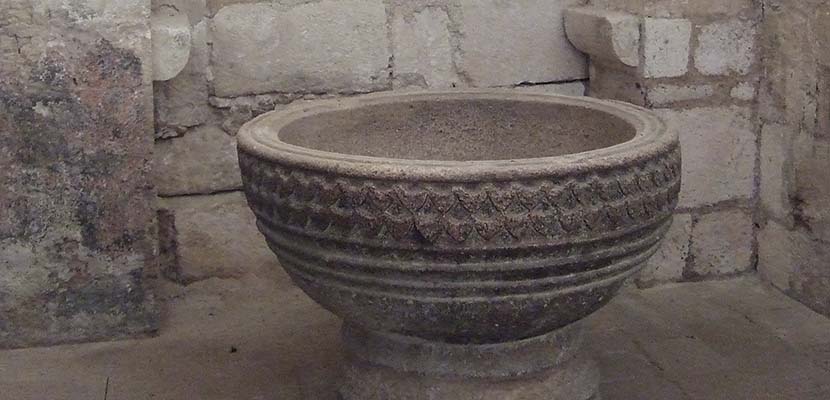
This ecclesiastical church is a old building that was built in the XNUMXth century. Today we see a church that for the most part dates from the XNUMXth century, with a strong structure typical of Romanesque. Inside the church you can see some old altarpieces and a Renaissance stained glass window. In addition, they have a Plateresque staircase and an old Romanesque baptismal font.
Wall of Covarrubias
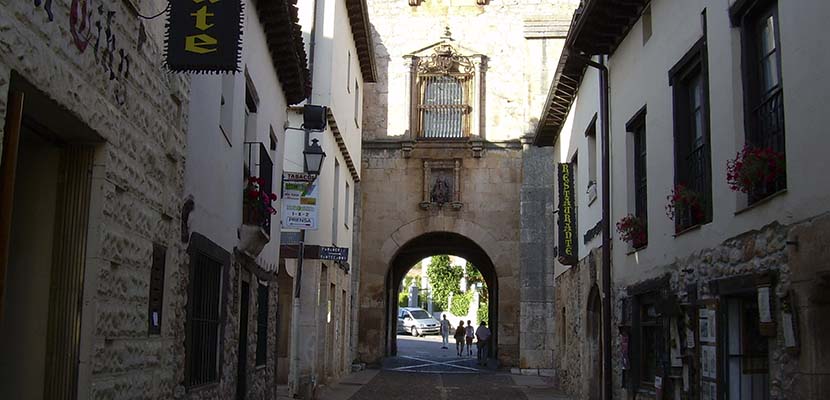
From the XNUMXth to XNUMXth century this city was walled and apparently it had up to three entrance doors. The latter is represented on a shield that is still preserved. At present only some parts of the wall can be seen, many of which were integrated into the houses. Apparently the reason why much of the walls were demolished was not any battle, but rather the plague that ravaged the city. The walls encouraged the disease to continue and that is why they collapsed.
Collegiate Church of San Cosme and San Damiano
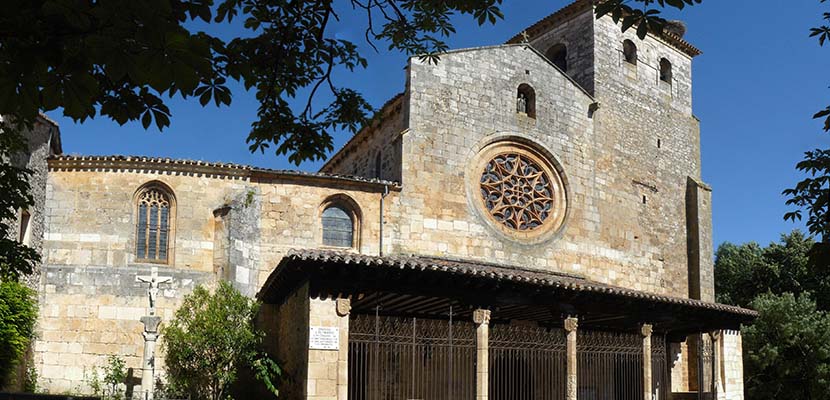
Where this collegiate church is there was a Visigothic temple and later a Romanesque building. The current collegiate church dates from the XNUMXth century. Inside of her you can see a XNUMXth century organ It still works and that is why it is the oldest in Spain that is still in use. This organ is usually played on Sundays and also on major holidays. In the building there is a museum in which you can see some old works, such as the Adoration of the Magi by Gil de Siloé. Some clothes of Queen Kristina of Norway are also preserved.
Town Hall Square
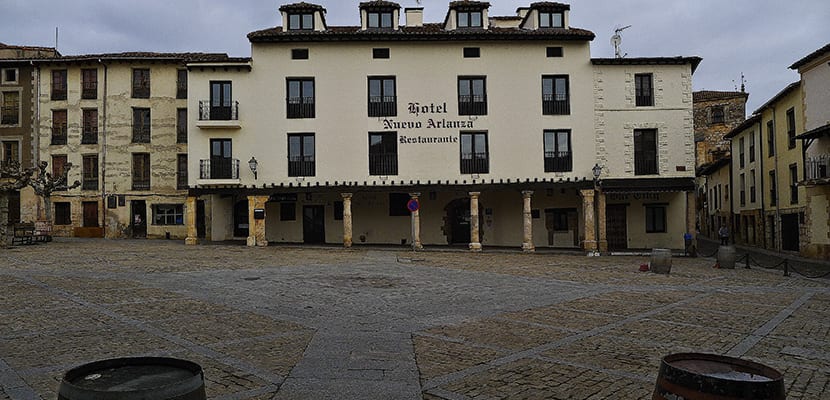
In the Plaza del Ayuntamiento you can see the typical half-timbered houses that bring a medieval style to the town. These squares are always a meeting and party point in the towns, as well as a place where you can find bars to recharge your batteries. Near the square is the Tourist Office, which organizes great tourist and guided tours through the historic area of the city, telling everything we need to know about its emblematic buildings.
Old houses
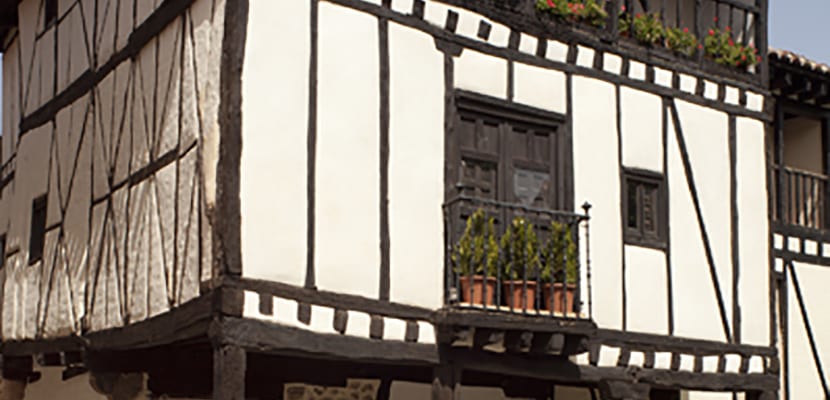
This was an important population during the Middle Ages, so we can find houses that belonged to famous people. This is the Casa del Obispo Peña, in which there is a stone shield from the XNUMXth century. The House of Doña Sancha It is the one that best represents the old style of the town, with its wooden framework and white walls. This house dates from the XNUMXth century and has a balcony and a portico with wooden beams.
Hermitage of Saint Olav
La Hermitage of Saint Olav draws a lot of attention due to its modern style in contrast to the pretty medieval village. Apparently, Princess Kristina of Norway expressed her wish before she died, asking that a hermitage be built in honor of the Norwegian Christian saint Saint Olav. But this would not be done until the XNUMXst century, so his style is very modern. Those who carried out the project say that they were inspired by the old Romanesque constructions, although when we get to it we can see a metallic exterior that makes us doubt about its use, since it looks more like a warehouse or something industrial. The fact is that it is an object of visit due to how peculiar it is in the case of a hermitage.